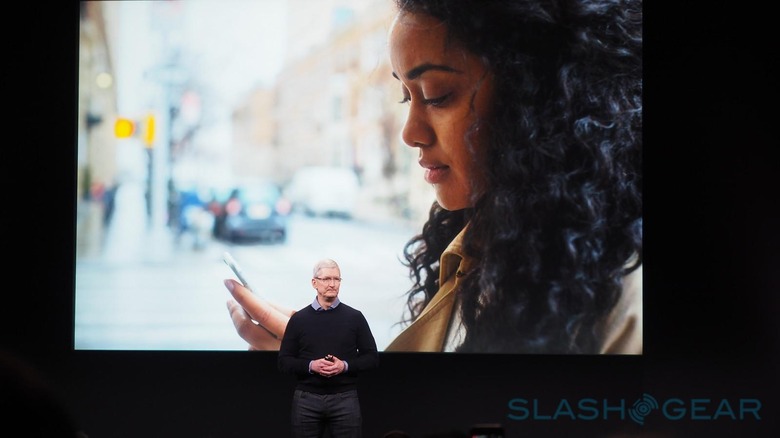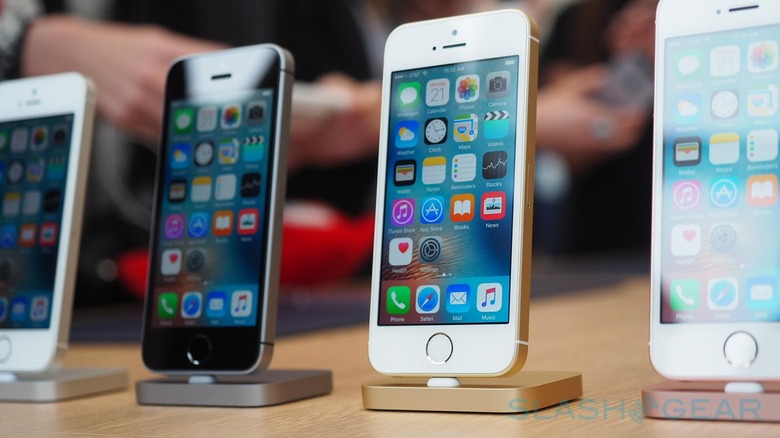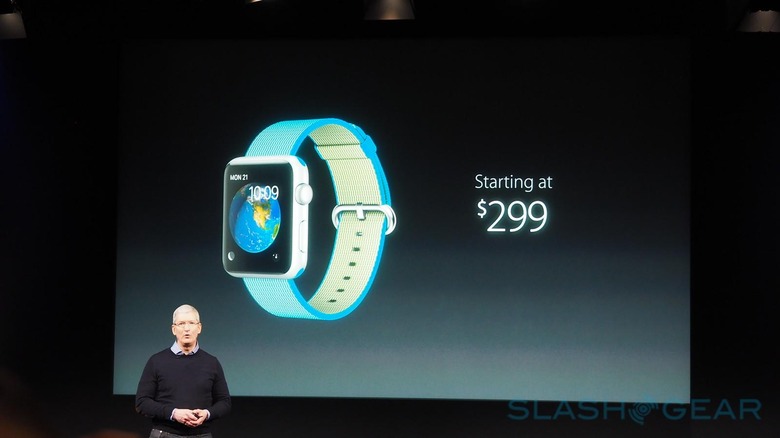Low-Key? Maybe, But Apple's Event Pushed Strategy Over Pizzazz
Familiarity breeds contempt. The internet had, collectively, braced itself for an underwhelming Apple event today and, having gone in with the "meh" bombs primed, was unsurprisingly unsurprised by news of the iPhone SE and 9.7-inch iPad Pro. "The Apple event was a wash," the critics declared.
To some extent, we – the people who observe the industry with the most fanatical of interest, irregardless of whether we're pro-Apple or anti-Apple or somewhere in-between – are our own worst enemies. Our expectations are so vast, so all-encompassing, it's hard to imagine, short of wheeling out a self-driving car with the Apple logo, how Tim Cook & Co. might have satisfied us.

Factor in the leaks, themselves increasingly accurate, and the apparent reluctance to resurrect Steve Jobs' famous "One Last Thing..." surprise (which, obviously, demands a true surprise in order to pull off), and we're the kids on Christmas morning who know what's behind every wrapper, underneath every bow.
Should Apple be disappointed by the response, it should of course shoulder some of the blame. The company has seldom shied away from hype, mystery, and drama: the public (and the weird subsection of it comprised of tech journalists, analysts, and pundits) has, like Pavlov's dogs, been trained to expect great things whenever an Apple invitation arrives, last-minute and teasingly coy.

It rewards grand, theatrical gestures, but ignores the fact that grand, theatrical gestures aren't, in and of themselves, sufficient for a company to thrive. There was news in today's event, important news, but it required more consideration than just a knee-jerk reaction.
The iPhone SE masks its importance with a familiar face; inside, there's the astonishing fact that Apple has, in effect, commoditized 99-percent of the capabilities of its current flagship phone. $399 gets you – phablet screen and 3D Touch aside – the features of a device that until this morning would have cost you at least $649.
If mastery of the supply chain isn't enough to excite you, think instead of how Apple has managed, with the iPhone SE, to do what pretty much no other smartphone company has done before, and make a small handset which doesn't shrink its specifications. There are plenty of people who still don't want to scale up to a phablet; it may not be earth-shattering that Apple is catering to them, but it suddenly unlocks a sizable install base of people who had, until now, stuck with their iPhone 5 or 5S because the potential replacements were too large.
The desire of the mass market is reflected in the new iPad Pro, too. It may be – a few details, like its adaptive display, aside – a mini-me of the original iPad Pro, but the 9.7-inch version is the one with broad appeal. As Phil Schiller pointed out during the keynote, 9.7-inches is the most popular tablet size for Apple; now, the company has the opportunity to nudge up the average selling price with a more premium model, as well as more differentiated features from earlier iPads to lure existing owners back into stores.
Encouraging upgrades isn't sexy in the same way that new, segment-busting hardware is. But it's arguably more important.

CarPlay got a commitment from pretty much every automaker, not just an exclusive few. $100 dropped from the iPad Air 2. $50 was cut from the Apple Watch. Yes, it's entirely right to be cynical and point out that the latter two are aging products that probably face replacement in the not too distant future, but it also pushes them firmly into the mainstream.
If today's event wasn't sufficiently thrilling for you, it may well be because, as events go, it wasn't actually for you. Today, Apple's focus was the mass market, not its early adopters. An audience that might have been sitting on its collective hands because spending over three hundred dollars on a smartwatch seems excessive, for instance.
As a geek, I doubt I'm alone in wishing for a little more fanfare today; something the rumor machine hadn't predicted. But even if my appetite for instant gratification hasn't been sated in one, sudden binge, I can still see there's plenty of opportunity for intrigue in a small smartphone that may well set the template for compact flagship performance, or tablets that so aggressively target Windows users.
There's a lot more than One Last Thing there. You just have to be patient for it.
